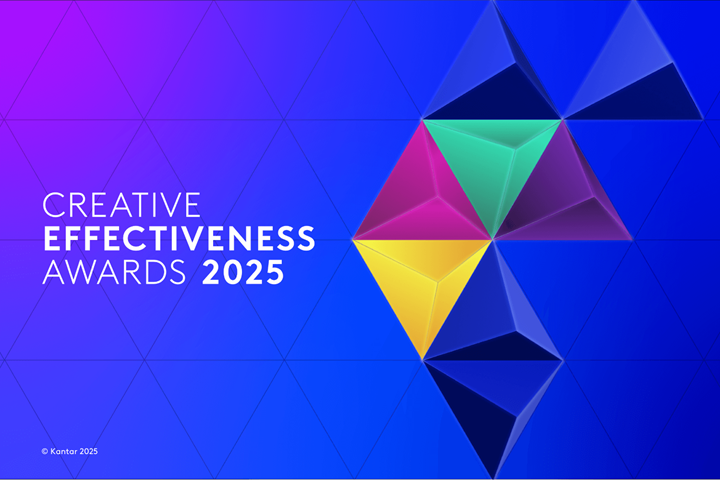At this year’s Cannes festival, a standout session on creative operations pulled back the curtain on a growing tension inside marketing departments and agency walls: how can creative teams continue to deliver excellence under relentless pressure?
As brand leaders exchanged stories of burnout, shrinking budgets, and “always-on” expectations, one truth resonated across the room: the content engine never stops. The demand for personalized, platform-tailored, performance-driven content has accelerated—not just in volume, but in complexity. And while the pressure is high, so too is the opportunity.
The question is no longer “Should we scale creative?” but rather, “How do we scale it well—without sacrificing originality, quality, or our people?”
Enter AI: The new creative partner
AI isn’t replacing creativity—it’s reshaping the creative process. In fact, many marketers at Cannes argued that AI is the only way to meet today’s demands without exhausting talent or compromising quality. It’s not just about speed; it’s about strategic acceleration.
From automated asset versioning that adapts content for different regions and platforms, to intelligent testing tools that predict what will perform best before a campaign even launches, AI is becoming a vital partner in the creative lifecycle. When applied thoughtfully, it reduces friction, increases insight, and gives creative professionals more space to do what they do best: think boldly.
Creativity at scale: a false tradeoff?
There’s a long-held belief that scale and creativity sit at opposite ends of the spectrum. One is about consistency and efficiency. The other, about breakthrough and originality. But this mindset is shifting.
The Cannes conversation made something clear: scale isn’t the enemy of creativity—it’s a new canvas for it.
At Kantar, we see this transformation happening daily. Our creative capabilities, from dynamic ad benchmarking to automated testing, help brands adapt quickly without losing sight of what makes their story compelling. Whether it's validating early-stage ideas or optimizing final assets across markets, our tools are designed to help teams move faster and smarter—always with brand integrity at the core.
The human element still matters most
Even with the rise of AI, the best creative work still begins with human insight, empathy, and imagination. The role of technology is to enhance these qualities, not replace them. As marketers, we must ensure we’re designing systems that support—not strain—our teams.
When deployed responsibly, AI can take the weight off overburdened creative departments, streamline operations, and allow more time for what truly matters: thinking, experimenting, and storytelling that moves people.
So here’s the question for today’s brand leaders, creatives, and strategists:
What would your team create if they weren’t consumed by the pressure to produce? And are we brave enough to reimagine the creative process with AI as a trusted co-pilot — not just a tool?
The future of creative excellence may not be found in choosing between scale and originality, but in building systems that make them inseparable.




